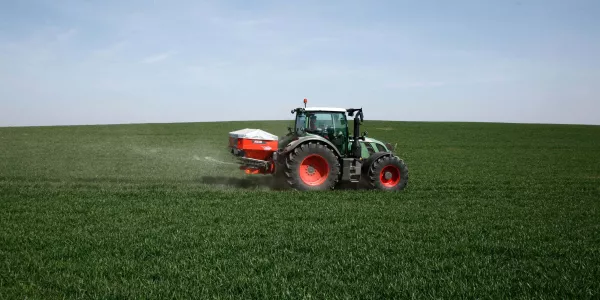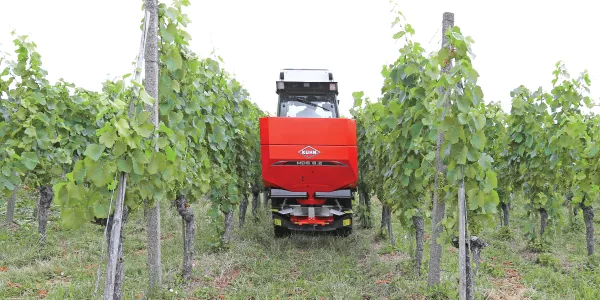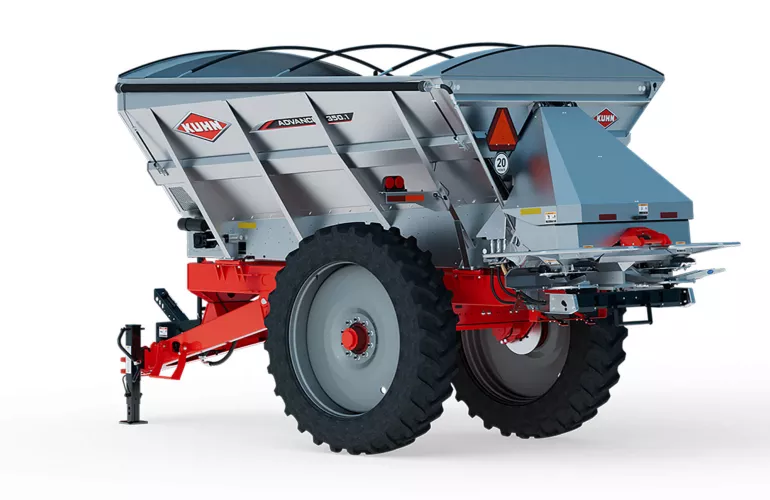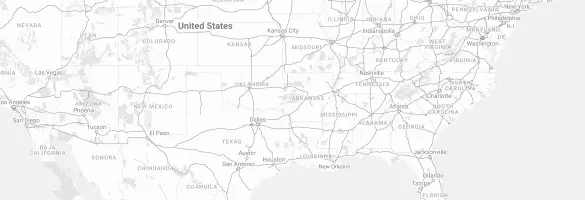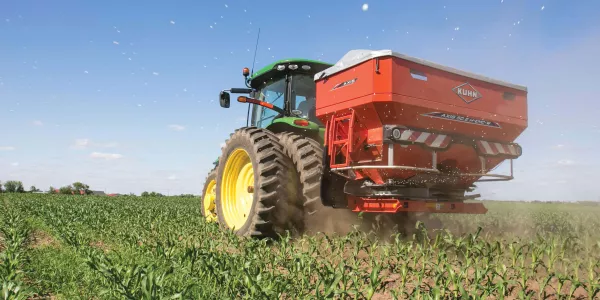
Axis® 40.2/50.2 H-EMC-W
KUHN Axis® H-EMC-W .2 Series fertilizer spreaders offer a unique combination of innovative technologies to meet the desires of today’s farmers.
KUHN Axis® H-EMC-W .2 Series fertilizer spreaders offer a unique combination of innovative technologies to meet the desires of today’s farmers.
A compact precision fertilizer spreader providing accurate application rate control, high quality fertilizer distribution and easy adjustments.
The KUHN MDS range of fertilizer spreaders offers a simple and integrated solution for a variety of operations. This includes specialized crops, such as vineyards, orchards and vegetables, as well as row crop and small grain farms.
A precision fertilizer spreader is a type of fertilizer spreader that is designed to apply fertilizer with a high degree of accuracy and precision. These spreaders use advanced technology to ensure that fertilizer is applied evenly and accurately, which can help improve crop yields and reduce waste.
Precision fertilizer spreaders typically use GPS technology, along with sensors and other monitoring equipment, to accurately determine the location and/or conditions of the crop. This information is then used to adjust the rate and distribution of fertilizer, so that it is applied only where it is needed and in the right amount.
Precision fertilizer spreaders can be used in a variety of agricultural settings, including row crops, orchards, and vineyards. They are particularly useful for farmers who are looking to improve their yields and reduce their environmental impact, as they allow for more efficient and precise use of fertilizer.
Overall, precision fertilizer spreaders offer a number of benefits over traditional fertilizer spreaders, including improved accuracy, reduced waste, and improved crop yields. They can be more expensive than traditional spreaders, but the cost can be offset by the potential for increased efficiency and higher yields.
There are several different types of agricultural fertilizer spreaders that are commonly used in farming. Here are some of the most common types:
Overall, the type of fertilizer spreader you choose will depend on the size and shape of the area you need to cover, the type of material you are spreading, your budget and personal preferences.
Fertilizer spreaders are agricultural implements designed to evenly distribute fertilizer, seeds, or other materials over a field. The exact mechanism used to spread the material can vary depending on the type of spreader, but most operate on the same basic principles.
Here is a general overview of how fertilizer spreaders work:
To use a fertilizer spreader, the hopper is filled with the desired material and the spreader is mounted to or towed behind a tractor. The operator adjusts the control mechanism to achieve the desired application rate and spreading pattern, and the material is spread over the field as the spreader moves forward.
Overall, fertilizer spreaders are important tools for efficient fertilization of crops, and they can help ensure nutrients are distributed evenly for optimal plant growth and yield.
The amount of fertilizer you need for an acre will depend on a variety of factors, including the type of crop you are growing, the soil type, and the nutrient needs of the plants.
In general, the amount of fertilizer you need is determined by the recommended application rate, which is typically expressed in pounds of nutrient per acre. For example, if you are applying nitrogen fertilizer to a corn crop and the recommended application rate is 100 pounds of nitrogen per acre, you would need to apply enough fertilizer to provide 100 pounds of actual nitrogen.
It is important to note that the recommended application rate may vary depending on the crop and the soil conditions, and it is always best to consult with a local agricultural extension office or soil testing laboratory for specific recommendations based on your location and growing conditions.
Trailed and mounted fertilizer spreaders are two types of spreaders commonly used in agriculture. Here are the key differences between the two types:
Mounting: Mounted spreaders are attached to a tractor. Trailed spreaders, on the other hand, are towed behind the machine.
Capacity: Mounted spreaders typically have a smaller capacity than trailed spreaders. This is because they are limited by the weight capacity of the tractor they are mounted on.
Maneuverability: Mounted spreaders are more maneuverable than trailed spreaders. This is because they are directly attached to the tractor, which allows for greater precision when spreading fertilizer.
Cost: Mounted spreaders are generally less expensive than trailed spreaders. This is because they have a smaller capacity and require less complex machinery to operate.
Overall, the choice between a trailed or mounted fertilizer spreader will depend on your specific needs and the size of the area you need to cover. Mounted spreaders may be more appropriate for smaller areas, while trailed spreaders may be more fitting for larger acreage. However, both types of spreaders can be effective in evenly distributing fertilizer over a large area.
When choosing the best fertilizer spreader, there are several factors to consider to ensure you select the right model for your needs. Here are some key considerations:
By considering these factors, you can choose the best fertilizer spreader for your needs and ensure that you are able to efficiently fertilize your crops.
